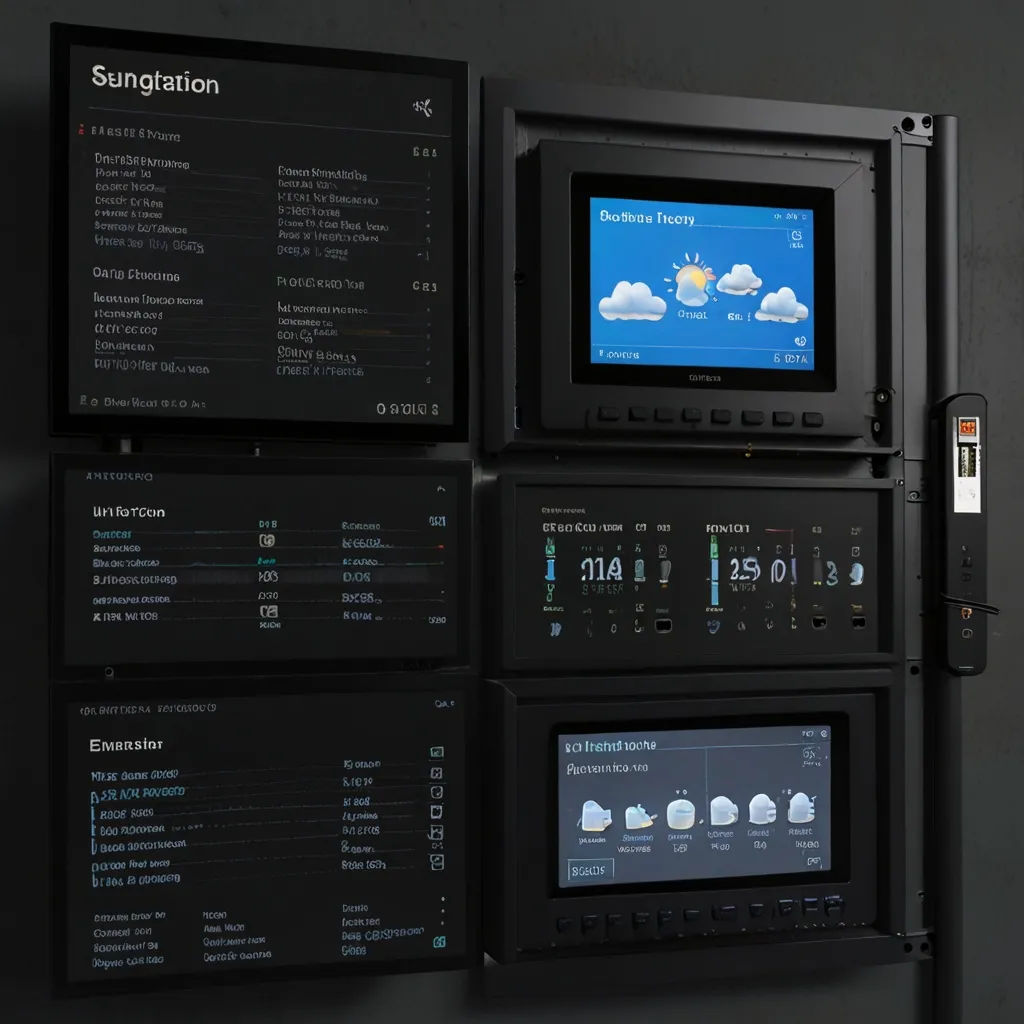The Simplest Guide to Java Garbage Collection
Java garbage collection is like a magic trick for developers. It takes away the hassle of managing memory, allowing developers to focus on writing awesome code instead of worrying about memory leaks or crashes. Understanding how Java handles garbage collection can really help in keeping your apps running smoothly and efficiently.
How Java Garbage Collection Works
In Java, objects live in an area called the heap. This is where all the magic happens. When you’re done with objects and no longer need them, they don’t just sit there, wasting precious memory. The garbage collector steps in and figures out which objects are no longer in use and frees that memory for other stuff.
The most common method it uses is called the mark-and-sweep algorithm. Here’s a simple breakdown: During the “mark” phase, the garbage collector starts from the roots of all the active objects and marks every object that’s still in use. If an object isn’t reachable from the root, it doesn’t get marked. Next comes the “sweep” phase, where all objects that weren’t marked are collected and their memory gets reclaimed. Neat and tidy!
Why Java Garbage Collection Rocks
Java’s approach to garbage collection offers some real benefits. It takes the hassle out of memory management, so developers can focus more on features and less on cleaning up after themselves. By automatically disposing of unneeded objects, it helps prevent memory leaks, a common headache when dealing with memory manually.
Another perk is that it increases productivity. Who wouldn’t want to spend more time coding cool features instead of dealing with memory allocation? Plus, automatic memory management reduces the chances of nasty memory-related errors such as segmentation faults. Java is flexible too, offering different garbage collection algorithms to suit various needs, whether you need high throughput or low latency.
Picking the Perfect Garbage Collector
Java isn’t one-size-fits-all when it comes to garbage collection. It offers a variety of collectors, each optimized for different scenarios.
Serial Collector
The serial collector is the simplest one. It’s great for small applications where resources are limited. It uses a single thread to do its job, so it’s not ideal for larger applications, as it can cause noticeable pauses.
Parallel Collector
If your application needs to handle high throughput and can afford longer pauses, the parallel collector is your friend. It uses multiple threads for garbage collection, making it perfect for machines with several processors.
G1 Garbage Collector
The Garbage-First (G1) collector is like the middle-ground hero. It’s designed for server-style applications, balancing throughput and latency. It divides the heap into regions and does its work concurrently with the application running. It’s a go-to for applications with large heaps and varied allocation rates.
ZGC (Z Garbage Collector)
ZGC is the go-to for applications that require low latency and have large heap sizes. It uses cool, advanced algorithms to minimize pause times. If your application needs consistent response times and deals with a heap size of tens of gigabytes, ZGC is your best bet.
Shenandoah Collector
The Shenandoah collector is another low-latency option. It’s built to handle large heaps and diverse workloads effectively, making it another great choice for applications that can’t afford long pauses.
Fine-Tuning Garbage Collection
Tuning your garbage collection strategy can have a big impact on performance. Start by regularly analyzing garbage collection logs to understand patterns and diagnose issues. These logs are gold mines for insights into pause times, collection frequencies, and memory usage.
Adjusting the heap size to match your app’s memory needs is crucial. A heap that’s too small will lead to frequent garbage collections, while one that’s too large wastes memory. You can also tweak parameters like the size of the Young and Old Generations, thread counts, and collection intervals to improve performance.
Reducing unnecessary object creation is another effective strategy. Reuse objects where possible and manage object lifecycles smartly. This reduces the frequency of garbage collection cycles, making your app run smoother.
Leveraging parallelism and concurrency can also boost performance. For instance, using parallel collectors can reduce pause times, improving overall responsiveness.
Enabling and Tuning ZGC
To get ZGC up and running, use the JVM arguments -XX:+UseZGC -XX:+ZGenerational if your Java version supports it. Adjusting the heap size is crucial for ZGC. Ensure it can accommodate the live-set of your application to avoid frequent collections or wasted memory.
Another important parameter is the number of concurrent GC threads, which can be tuned for optimal performance. ZGC’s strength lies in its concurrent processing, which helps keep pause times minimal.
Garbage Collection Best Practices
Picking the right garbage collector based on your application’s needs is essential. Regularly assess and adjust your strategies to meet evolving performance demands. Monitoring logs, tweaking heap sizes, and fine-tuning parameters will help keep your app running like a well-oiled machine.
Wrapping Up
Java garbage collection is like having a silent guardian for your memory management, enhancing your application’s performance and stability. By understanding the different algorithms and tuning strategies, you can tailor garbage collection to fit your app’s specific needs. Whether dealing with large heap sizes, low-latency requirements, or varied workloads, choosing the right garbage collector and fine-tuning its parameters can make a world of difference.
Feeling inspired to tweak your GC settings? Here’s an example to get you started with ZGC:
java -XX:+UseZGC -XX:+ZGenerational -Xmx32g -XX:ConcGCThreads=4 your.ApplicationClass
This sets up ZGC with a 32GB heap and four concurrent GC threads, perfect for low-latency and large-heap applications. By following these guidelines and continuously monitoring and adjusting your settings, your Java applications will run smoothly and efficiently.





